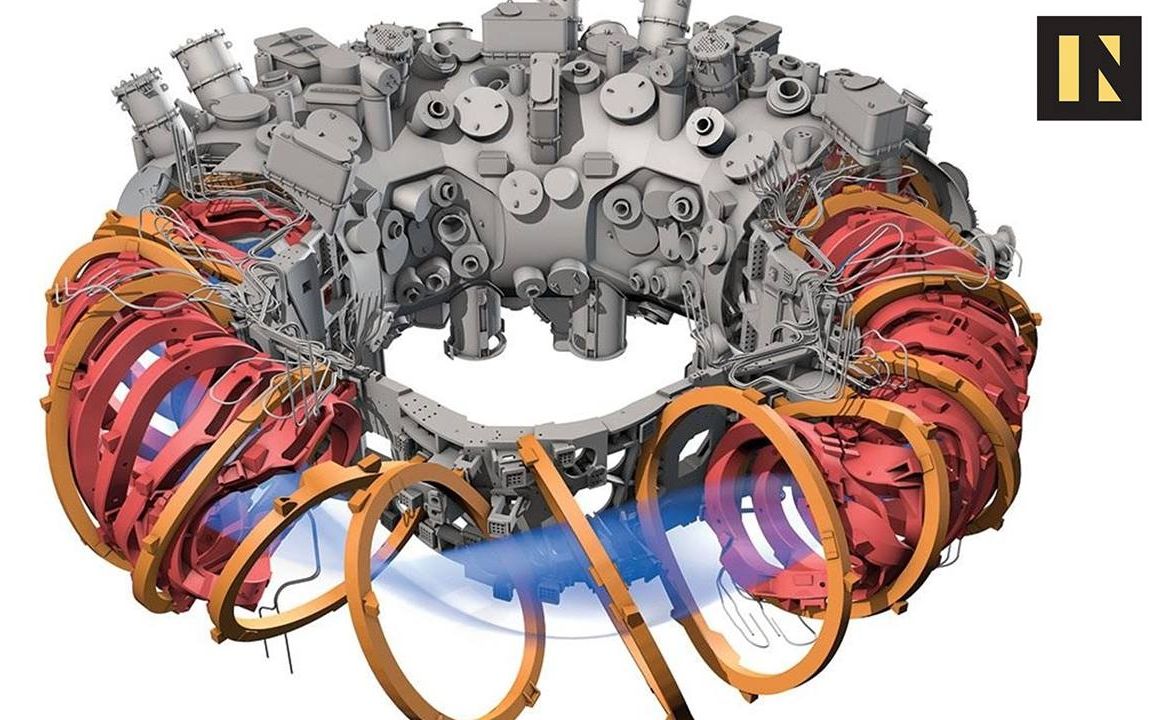
Category: nuclear energy

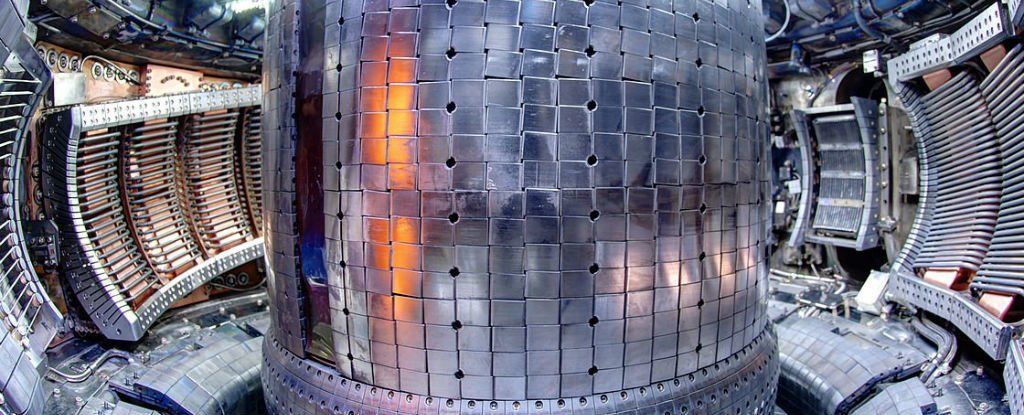
Scientists Have a Plan to Replace Fossil Fuels With Nuclear Fusion by 2030
Nuclear fusion is premised on building technology that would replicate the reaction that naturally powers our Sun — two light atoms, in this case, hydrogen, are fused together under extreme temperatures to produce another element, helium.
The process would release vast amounts of clean energy drawn from an almost limitless fuel source, with nearly zero carbon emissions.
However, it has yet to be done on a scale that would make it usable. Canadian scientists are hoping to change that, announcing plans to harness and develop nuclear fusion technology so they can deliver a working nuclear fusion plant prototype by 2030.
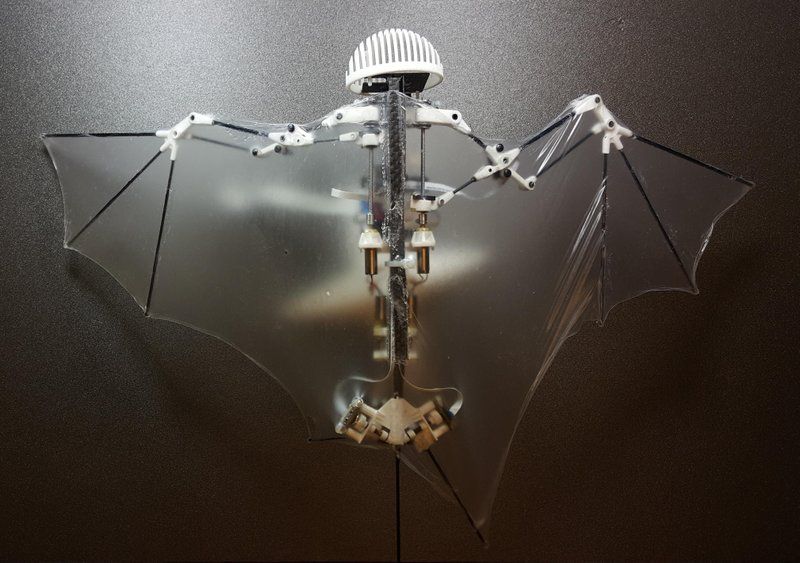
Whoosh! Swish! Meet Bat Bot, the new flying batlike drone
WASHINGTON (AP) — Holy drone, Batman! Mechanical masterminds have spawned the Bat Bot, a soaring, sweeping and diving robot that may eventually fly circles around other drones.
Because it mimics the unique and more flexible way bats fly, this 3-ounce prototype could do a better and safer job getting into disaster sites and scoping out construction zones than bulky drones with spinning rotors, said the three authors of a study released Wednesday in the journal Science Robotics. For example, it would have been ideal for going inside the damaged Fukushima nuclear plant in Japan, said study co-author Seth Hutchinson, an engineering professor at the University of Illinois.
The bat robot flaps its wings for better aerial maneuvers, glides to save energy and dive bombs when needed. Eventually, the researchers hope to have it perch upside down like the real thing, but that will have to wait for the robot’s sequel.
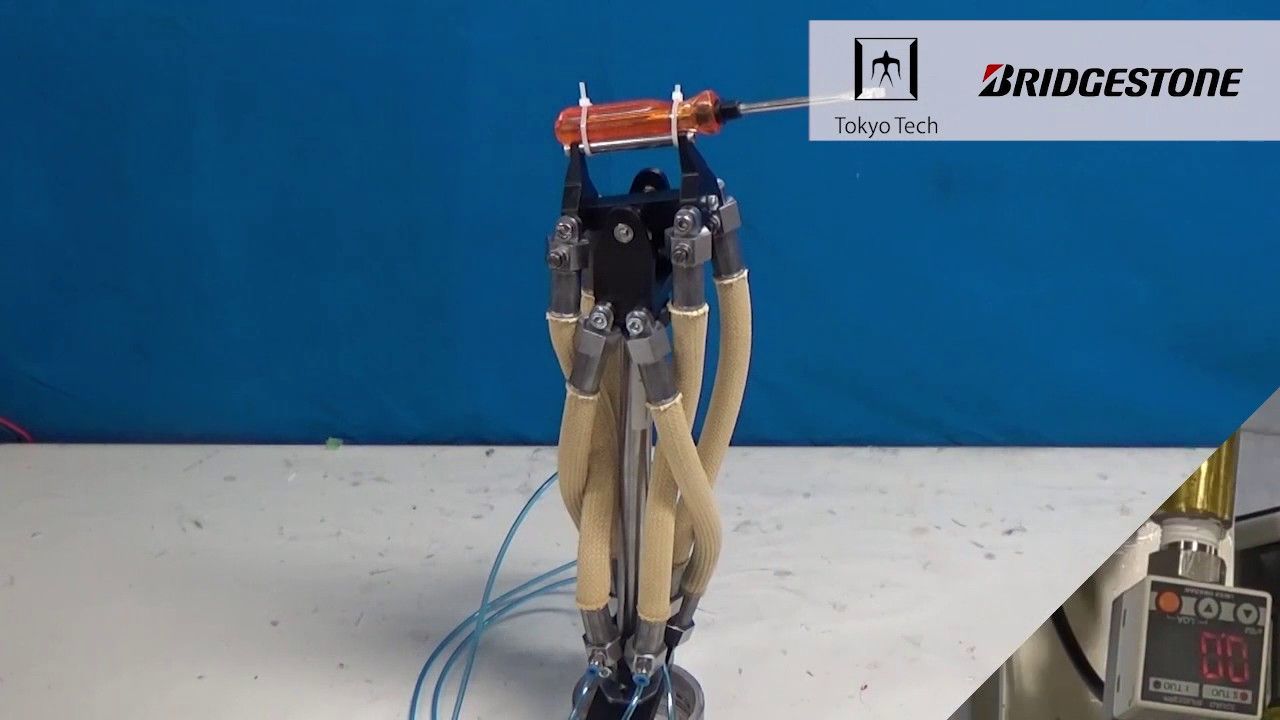
Hydraulic muscle makes for tougher, stronger disaster-site robots
The idea of using robots as the go-to for handling disaster situations isn’t new, but part of the problem has been how to build robots light enough to move about easily, yet are strong enough and tough enough to handle things like a smashed up nuclear reactor. As part of the answer, the Tokyo Institute of Technology and Bridgestone Tires have partnered to develop a new hydraulic robotic muscle that is lightweight, yet is five to ten times as strong as conventional electric motors and much more durable.
The locations in disaster areas where the responders are needed most urgently are often the ones that are the hardest to get to, precisely because they’ve been hit so hard. The 2011 Fukushima nuclear disaster is a prime example. Despite the damage done to the nuclear power plant by the sea wave that struck it, the subsequent explosion and meltdown could have been avoided had emergency workers been able to reach it with the right equipment in time to make repairs and re-power the cooling systems.
This is one reason why robots are so attractive. Autonomous robots have the potential to be able to move in and handle such emergencies, even to the point of using found tools and vehicles to accomplish tasks. Unfortunately, even though robots have a reputation for being steel giants possessing superhuman strength, mobile robots tend to be more on the weak and fragile side.
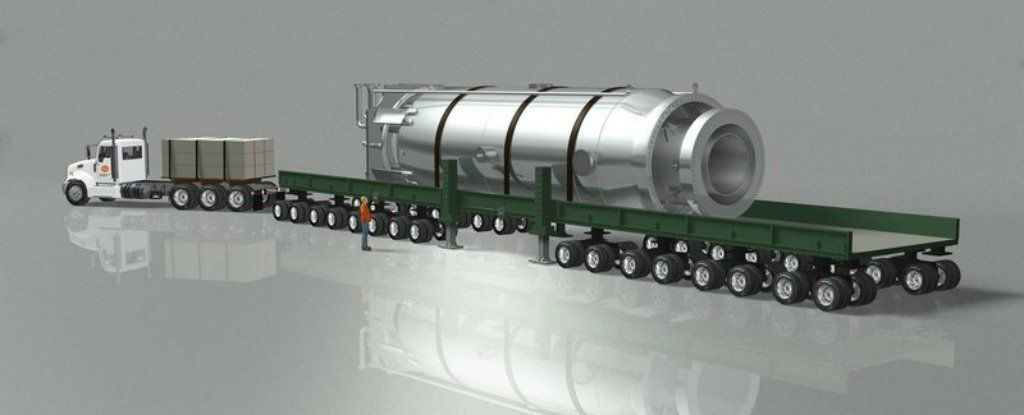
‘Miniature’, Modular Nuclear Power Plants Could Be Rolled Out in the US
The future of nuclear power might look very different than we thought, with a US-based company presenting plans for miniature, modular nuclear power plants that are so small, they can fit on the back of a truck.
NuScale Power, the company behind the power plants, says each modular device is completely self-contained, and capable of producing 50-megawatts of electricity — enough to power thousands of homes.
The power plants stand 29.7 metres tall, so aren’t really that ‘miniature’, except relative to an acutal nuclear power plant. They also haven’t been tested as yet, so we need to reserve our excitment for when we can actually see these things in action.
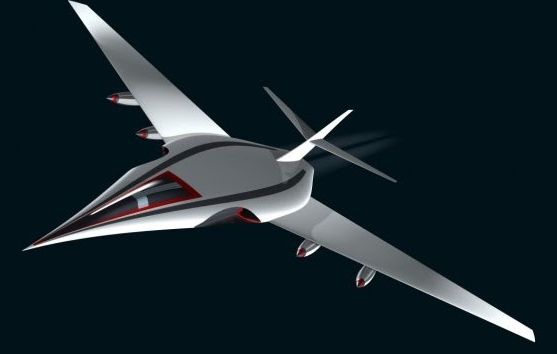
Imperial College of London makes world’s most heat resistant material at 4232 kelvin
Being able to withstand temperatures of nearly 4000°C could pave the way for both materials to be used in ever more extreme environments, such as in heat resistant shielding for the next generation of hypersonic space vehicles.
Tantalum carbide (TaC) and hafnium carbide (HfC) are refractory ceramics, meaning they are extraordinarily resistant to heat. Their ability to withstand extremely harsh environments means that refractory ceramics could be used in thermal protection systems on high-speed vehicles and as fuel cladding in the super-heated environments of nuclear reactors. However, there hasn’t been the technology available to test the melting point of TaC and HfC in the lab to determine how truly extreme an environment they could function in.
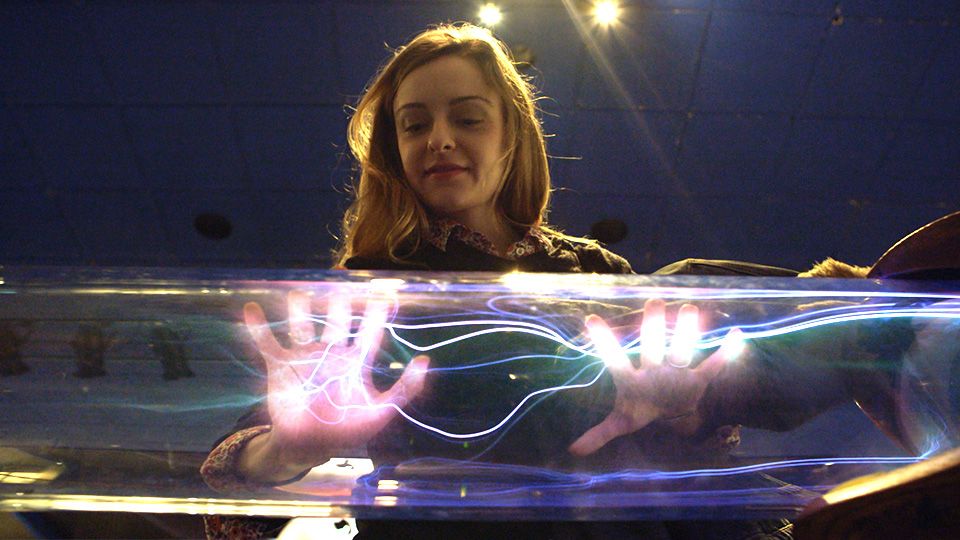
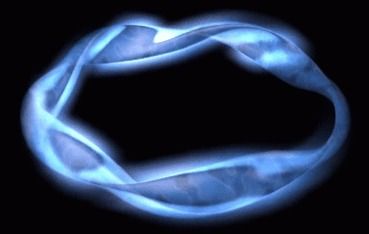
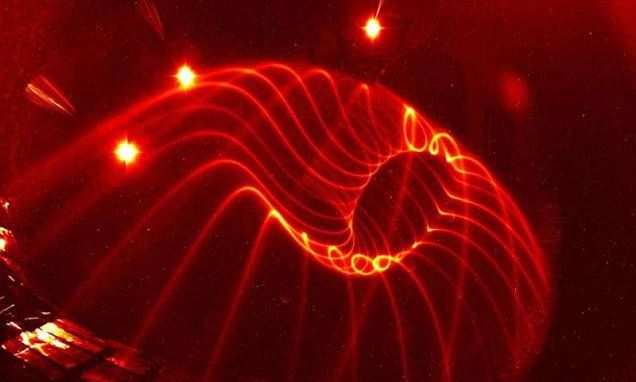
Tests confirm Germany’s massive nuclear fusion machine really works
Last year, scientists started up a new type of massive nuclear fusion reactor for the first time, known as a stellarator.
Researchers at the Max Planck Institute in Greifswald, Germany, injected a tiny amount of hydrogen and heated it until it became plasma, effectively mimicking conditions inside the sun.
But since then scientists have been asking whether the ambitious device — named Wendelstein 7-X (W7-X) — works as it is supposed to, producing the right magnetic fields.
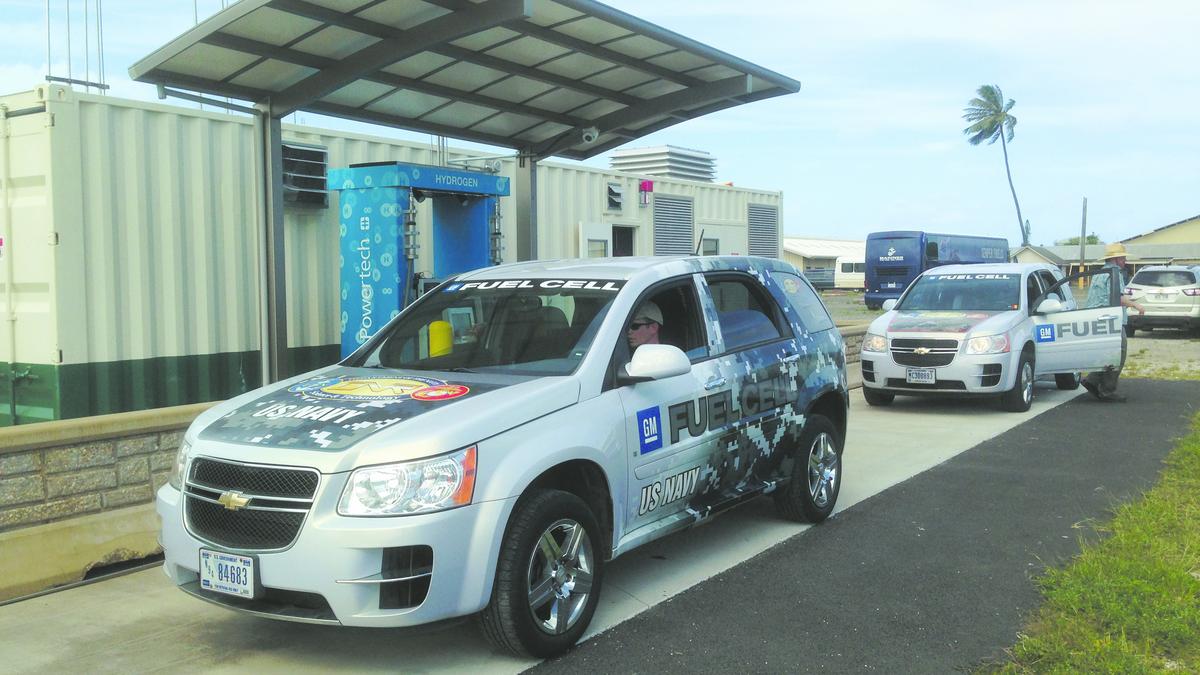
Hawaii among top states in U.S. for hydrogen fuel cell projects
The report highlighted key programs and policies in the state including the state Legislature authorizing $1.25 million in bonds to design the refueling infrastructure for the Department of Transportation airport shuttle bus project.
A fuel cell is an electrochemical device that uses hydrogen and oxygen from the air to produce electricity, with water and heat as its by-products. Hydrogen can come from fossil fuels such as natural gas or propane or renewable fuels including gas from an anaerobic digester or landfill. Hydrogen can also be produced by water electrolysis, which can be powered by electricity from renewables such as solar or wind or from nuclear energy and the grid.
Other top states for hydrogen and fuel cells include California, Connecticut and New York.